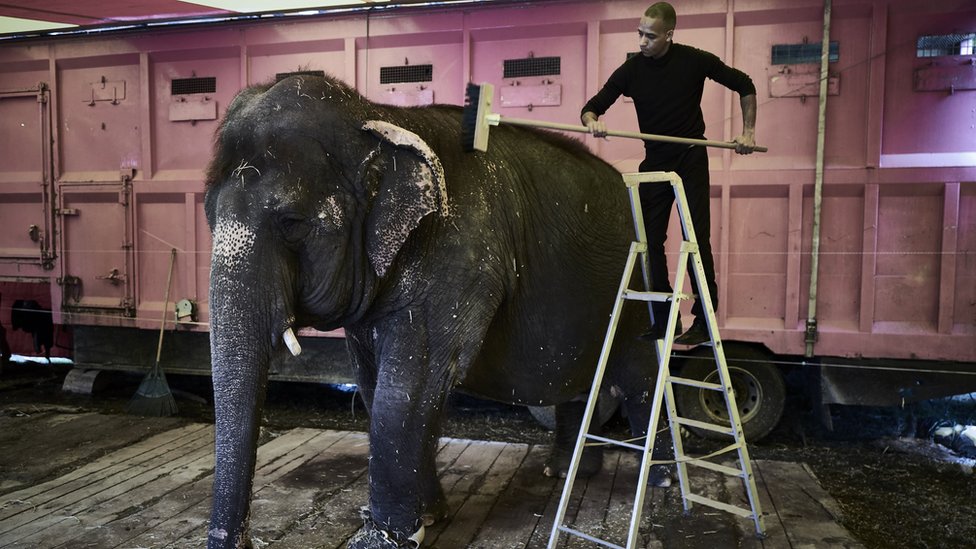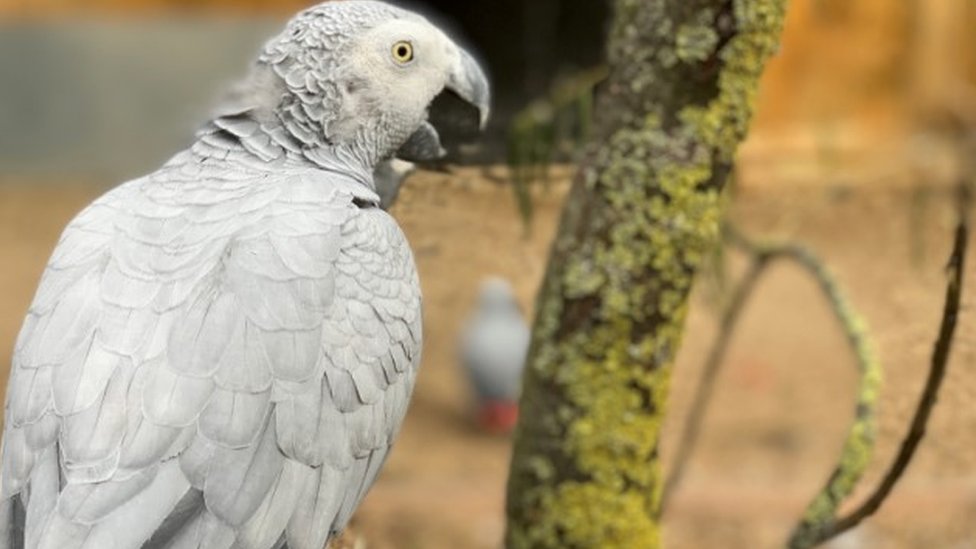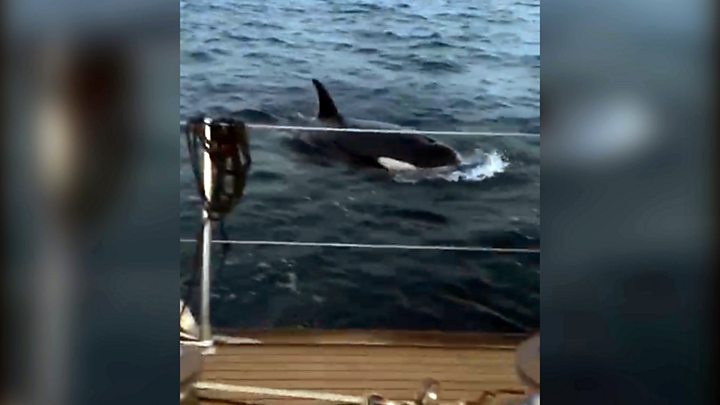- 9 hours ago
 IMAGE COPYRIGHTGETTY IMAGES
IMAGE COPYRIGHTGETTY IMAGESSir David Attenborough may have just addressed a virtual United Nations event made up of world leaders, but he's also found time to face up to a remote audience of smaller VIPs: kids.
After telling BBC Breakfast his hope for the future of this planet lies in the hands of children, some were given the chance to ask their burning questions.
It's ahead of his new documentary, A Life on Our Planet, which looks back at his 94 years exploring planet Earth's wildest places.
 IMAGE COPYRIGHTLINCOLNSHIRE WILDLIFE PARK
IMAGE COPYRIGHTLINCOLNSHIRE WILDLIFE PARK
 |
| Rasbora marinae Tan & Kottelat, 2020 |
 |
| Fig. 1. Rasbora marinae, ca. 60 mm SL; Sarawak: Tatau; freshly caught specimen; not preserved. |
 |
| Fig. 2. Rasbora marinae, Brunei. A, ZRC 51189, holotype, 97.1 mm SL; B, ZRC 51190, paratype, 36.5 mm SL. |
 |
| Fig. 3. Rasbora cephalotaenia, colouration of freshly caught specimens. A, Kahayan basin, clear water stream, ca. 50 mm SL; B, Sebangau basin, black water stream, ca. 60 mm SL. |
 |
| Fig. 6. Distribution of Rasbora cephalotaenia (squares) and Rasbora marinae (circles) in Borneo and Belitung Island. Hollow symbols represent type localities. |
 |
| Nomorhamphus aenigma Kobayashi, Masengi & Yamahira, 2020 DOI: 10.1643/CI-19-313 |
Etymology.—The specific name “aenigma,” from ancient Greek noun for “riddle,” refers to the riddle raised by this species: “why are the mandibles of most halfbeaks long?”
 |
| Herpetoreas pealii (Sclater, 1891) in Das, Gower & Deepak, 2020. facebook.com: Dhritiman Mukherjee |
 |
| First photographs in life of Herpetoreas pealii (WII-ADR547). animal in its natural habitat (photo by Dhritiman Mukherjee) |
 |
| First photographs in life of Herpetoreas pealii (WII-ADR547). full body profile (photo by Abhijit Das). |
 |
| Pseudanthias timanoa Victor, Teitelbaum & Randall, 2020 |
| San Antonio rancher finds Chupacabra look-alike on his property The rancher said he saved the animal and is planning on getting it mounted by a taxidermist for his ranch to have its own Chupacabra. |
Discovered: 2000-Year-Old Monkeys Buried Like 'Sleeping Babies' Consequently,
there is a thriving, though illegal, wild animal black market, and some
buyers willingly pay enormous sums to own a big cat monkey. |

A Scottish yacht owner has described how his boat was attacked by three killer whales off the coast of Spain.
Graeme Walker, his wife Moira and their friend Stephen Robinson were targeted early on Tuesday morning.
Mr Walker, from Helensburgh in Argyll and Bute, felt a sudden jolt as he was at the helm of the 48ft yacht, before spotting one of the orcas.
The retired chief financial officer told BBC Scotland: "We realised they were after the boat."